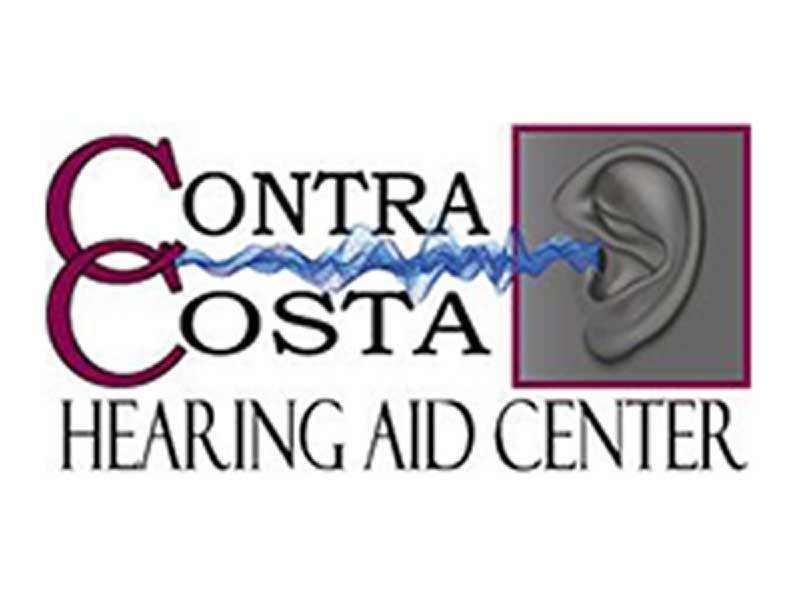The eardrum serves two vital functions: naturally, it vibrates when it senses sound wavesand is thus a fundamental part of hearing, but it also works as a barrier to guard the hypersensitive inner ear from infection. Your inner ear is basically a safe, sterile environment when your eardrum is undamaged, but if it is ruptured or torn, microbes may get in, and may bring about major infections.
A perforated eardrum – also known as a ruptured eardrum orin medical terminology, as a tympanic membrane perforation – is a puncture or tear in this thin important membrane. There are numerous causes of perforated eardrums. The most common is an inner ear infection. Fluid associated with the infection pushes up against the eardrum membrane, increasing pressure until it finally tears. A further common cause of ruptured eardrums are foreign objects introduced into the ears. For example, you can actually puncture your own eardrum with a Q-tip. Another common cause is barotrauma – the circumstance that happens when the barometric pressure outside the ear is different from the pressure inside the ear – which may occur while scuba diving or flying. Injuries to the head or acoustic trauma (such as exposure to sudden loud noises or explosions) may also tear the eardrum.
The signs of a perforated eardrum include ear pain (including persistent ear pain that stops suddenly, fluid draining from the ear, complete or partial hearing loss in the afflicted ear, (ringing in the ears), and vertigo or dizziness. If you experience any of these symptoms, see a hearing health provider, because if the eardrum is ruptured, immediate and correct treatment is important to prevent infection and hearing damage. What you chance by not having these symptoms addressed are major inner ear infections and cysts, and the possibility of permanent hearing loss.
At your appointment the doctor will look at the eardrum with an instrument called an otoscope. With its internal light, the otoscope gives the doctor a clear view of the eardrum. Punctured eardrums typically heal on their own in two to three months, so long as infection is prevented and so long as the person avoids activities that could worsen the problem, such as swimming or diving, avoiding medications other than those prescribed for the condition, and trying to not blow their nose while the healing is taking place. If the puncture or hole is near the edge of the eardrum, the specialist may help the healing process by inserting a temporary dam or patch to help reduce the risk of infection, or even propose surgical treatment.
Your doctor may also prescribe over-the-counter (OTC) pain medications such as acetaminophen or ibuprofen to deal with any discomfort. Not every punctured eardrum can be avoided, but there are steps you can take to reduce your risk. Always get prompt treatment for any ear infections and never place any objects into your ear canal.
